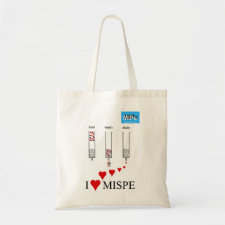
Authors: Clapper JD, Sievens-Figueroa L, Guymon CA
Article Title: Photopolymerization in Polymer Templating.
Publication date: 2008
Journal: Chemistry of Materials
Volume: 20
Issue: (3)
Page numbers: 768-781.
DOI: 10.1021/cm702130r
Abstract: Abstract: Primary objectives in templating of polymer systems include control over polymer structure and reaction behavior in pursuit of functionally advanced materials. Through such control, properties and features not accessible through traditional bulk polymerization are possible. In this review, recent developments in polymer templating are discussed that utilize benefits afforded through photopolymerization in the templating process. Photopolymerization not only is widely used and well-suited for templating applications but also is a highly effective tool with which to probe the kinetic behavior and structural evolution of templated polymers. Polymer templating encompasses a number of technologies and methods. Photopolymerization is prevalent in a number of these areas including linear chain templating or catalytic polymerization, organized particle templating, molecular imprinting, templating of assembled vesicles, and polymer templating in liquid crystals. In these systems the unique aspects of photopolymerization including fast reaction, spatial and temporal control, and temperature independence are often critical in obtaining desired reaction behavior and structure



Join the Society for Molecular Imprinting

New items RSS feed
Sign-up for e-mail updates:
Choose between receiving an occasional newsletter or more frequent e-mail alerts.
Click here to go to the sign-up page.
Is your name elemental or peptidic? Enter your name and find out by clicking either of the buttons below!
Other products you may like:
 MIPdatabase
MIPdatabase









